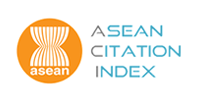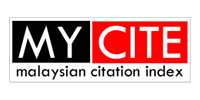Investigation of blend ratios on physical, mechanical, and electrical properties of stretchable conductive ternary blend NRL/VSR materials: Unfilled and filled system
DOI:
https://doi.org/10.58915/ijneam.v18i1.1747Keywords:
Natural rubber latex, Vulcanized silicone rubber, Graphene nanoplatelet, Double percolationAbstract
Stretchable conductive material has garnered significant attention in recent years since it offers both electrical conductivity and the ability to undergo significant deformation without losing its conductivity. Herein, NRL/VSR blend materials were prepared with varying blend ratios, both with and without GNP-SDS, using a simple mechanical stirring method. The main objective was to investigate the influence of blend ratios on the physical, mechanical, and electrical properties of the unfilled and filled blend systems. The findings revealed that the addition of VSR had a detrimental effect on the crosslink density of the resulting materials, leading to a negative impact on their mechanical properties. However, a contrasting observation was made regarding the electrical properties. The introduction of VSR induced the formation of a double percolation structure in the immiscible NRL/VSR blend. This double percolation structure facilitated the creation of a conductive network within the blend, which significantly improved its electrical properties by approximately 263.85 folds.

















